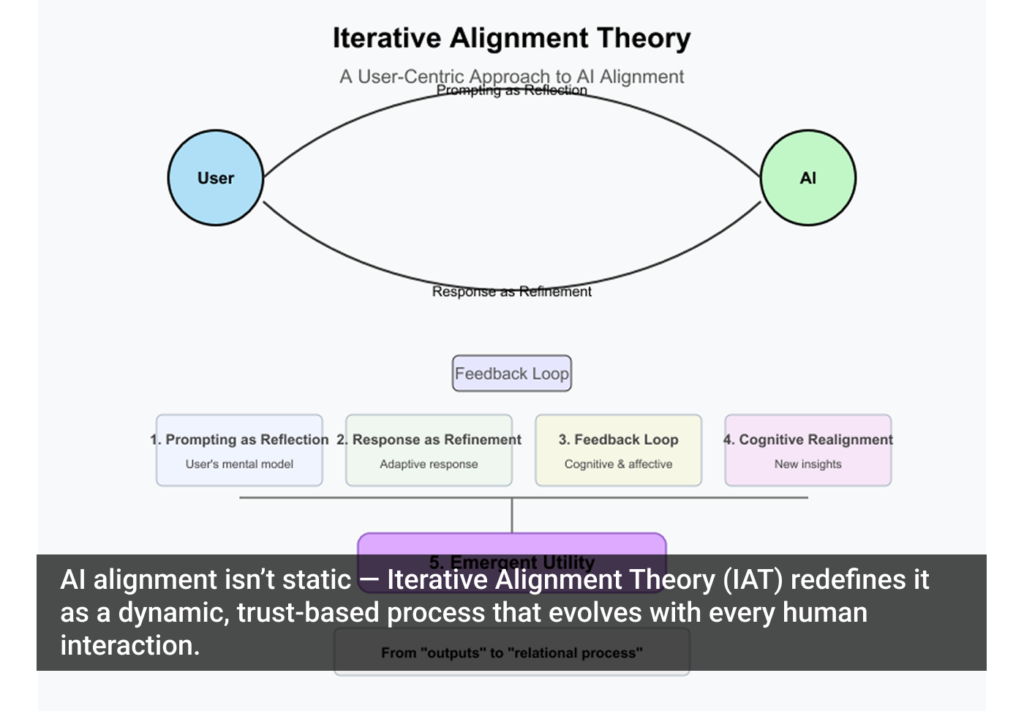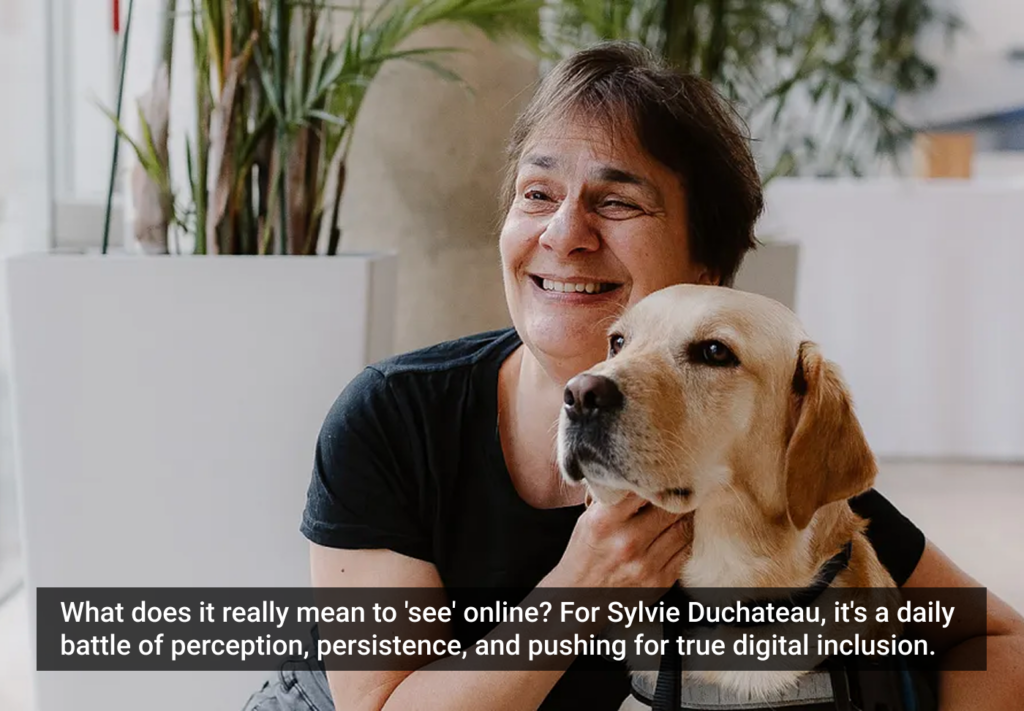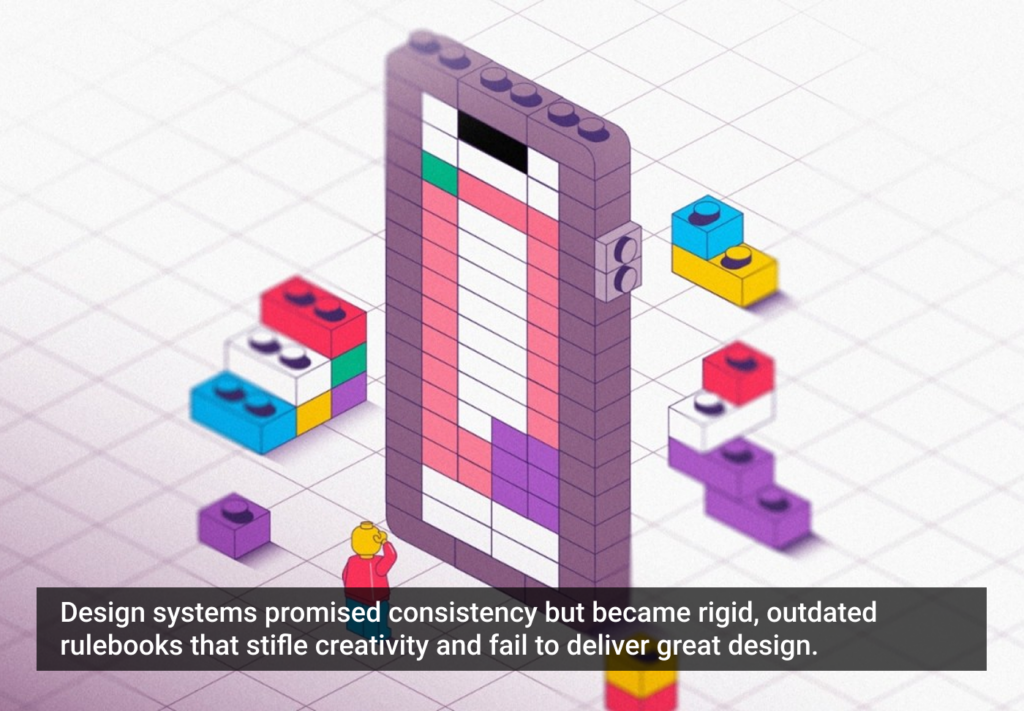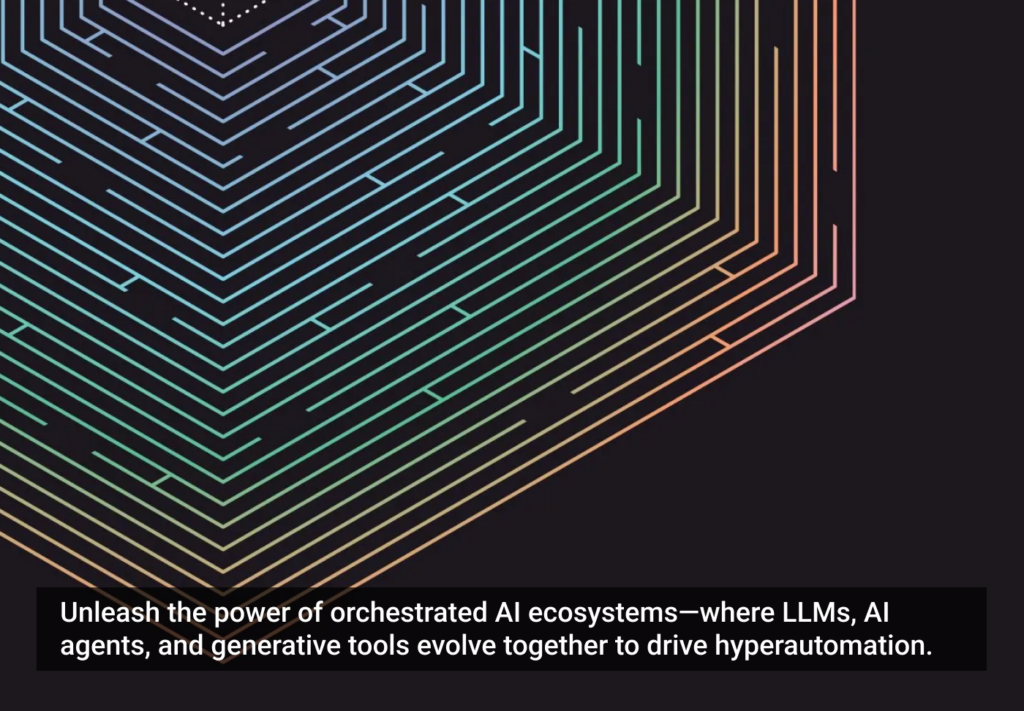- AI Alignment, AI Ethics, AI Personalization, AI Theory, Artificial Intelligence, Human-AI Interaction
What if AI didn’t just follow your lead, but grew with you? Discover how Iterative Alignment Theory (IAT) redefines AI alignment as an ethical, evolving collaboration shaped by trust and feedback.
- The article introduces Iterative Alignment Theory (IAT) as a new approach to human-AI interaction.
- It shows how alignment can evolve through trust-based, feedback-driven engagement rather than static guardrails.
- It argues that ethical, dynamic collaboration is the future of AI alignment, especially when tailored to diverse cognitive profiles.
Share this link
- May 13, 2025

- Accessibility, Conversational Design, Inclusion, UX Design
Figma adds AI and new tools to stay on top, but its future faces big risks.
This article provides and overview and perspective on how Figma is leveling up its tools — adding AI, website publishing, and advanced drawing so designers can do more in one place.
They’re going after big competitors like Adobe, Canva, and Webflow by making Figma’s platform a “one-stop shop” for design and marketing work.
This author believes that despite the AI hype, Figma isn’t dying — they’re adapting fast to keep users happy and stay on top.
The big risk is the future — if Figma goes public and raises prices, they could become like Adobe (huge but expensive) or risk losing users to the next big, more intuitive design tool.
Share this link
- May 8, 2025

Share this link
- April 29, 2025

- Accessibility, Conversational Design, Inclusion, UX Design
A conversation between a blind digital accessibility consultant and a UX designer.
- The article explores what it’s like to navigate the internet as a blind person.
- It shows how even basic tasks become difficult due to poor design, missing labels, and inaccessible interfaces.
- It argues that true accessibility requires empathy, inclusion, and designing with blind users from the start.
Share this link
- April 29, 2025

- Artificial Intelligence, Design Systems, Design Thinking, Future of Design, Innovation
Design systems were meant to streamline design and boost creativity — so why do they often do the opposite?
- The article questions whether design systems really help create better products.
- It explains how they often limit creativity, are hard to maintain, and don’t scale well.
- It suggests we need more flexible, AI-powered tools to support great design.
Share this link
- April 24, 2025

- AGI, AI Agents, AI Ecosystem, AI Integration, AI Orchestration, Artificial Intelligence, Conversational AI, Digital Twins, LLM
Unlock the future of AI with open, modular systems that power hyperautomation. Discover how orchestrating LLMs and AI agents leads to smarter, scalable innovation.
- The article explores how conversation connects LLMs, AI agents, and generative tools in business automation.
- It stresses the need for open, modular systems over relying on single vendors for scalability and innovation.
- The article highlights the drawbacks of isolated LLMs and emphasizes interconnected systems for effective AI-driven workflows.
- It encourages embracing the complexity of AI ecosystems to enable flexibility, iteration, and hyperautomation.
Share this link
- April 23, 2025


